Somali Sengi suns itself in Day Forest, Djibouti.
Last documented in 1968, researchers presumed that the Somali sengi was a lost species.
However, local communities in the African nation of Djibouti have reported sightings in the rocky environment.
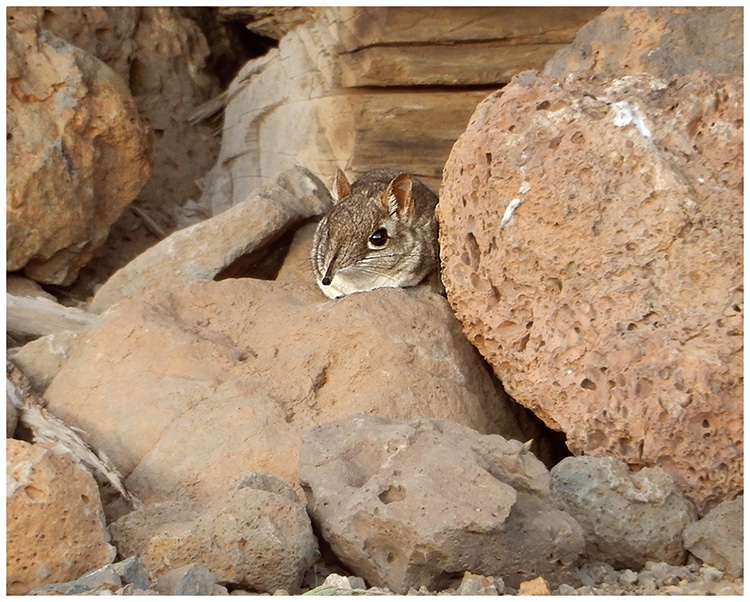
Somali Sengi suns itself in Day Forest, Djibouti. (Photo:Houssein Rayaleh/PeerJ)
A recently publishedstudyin the journal PeerJ documents a 2019 expedition to study sengis in Djibouti.
Although sengis eat insects, the traps quickly snared a Somali sengi.
The team was surprised to discover the species so far from its previously known range.
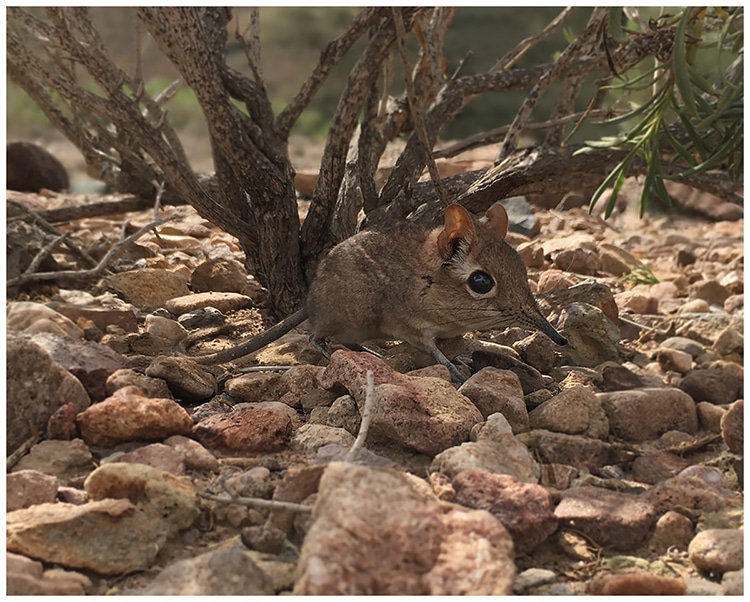
Somali Sengi among rocks at Assamo, Djibouti. (Photo:Steven Heritage/PeerJ)
Elephant shrews, or sengis, include 20 separate species of long-nosed mammals.
Sengis are closely related to aardvarks, elephants, and manatees despite their small size.
Their long legs and hunched stance allow them to reach speeds of up to 18 miles per hour.
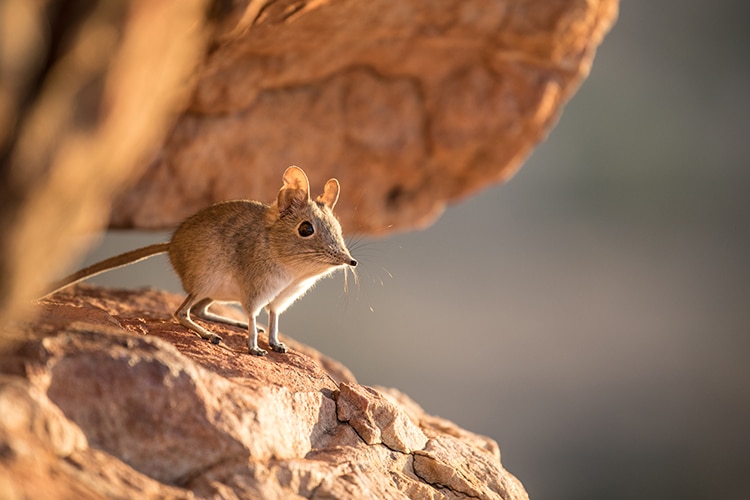
The Eastern Rock Sengi (Elephant Shrew). (Photo:Stock Photosfrom MATTHIAS KERN/Shutterstock)
They mate monogamously and jealously guard their territory.
Radio tagging will help determine the range of the Somali sengi, which may stretch into Ethiopia.
There is much to learn about these miniature mammals!
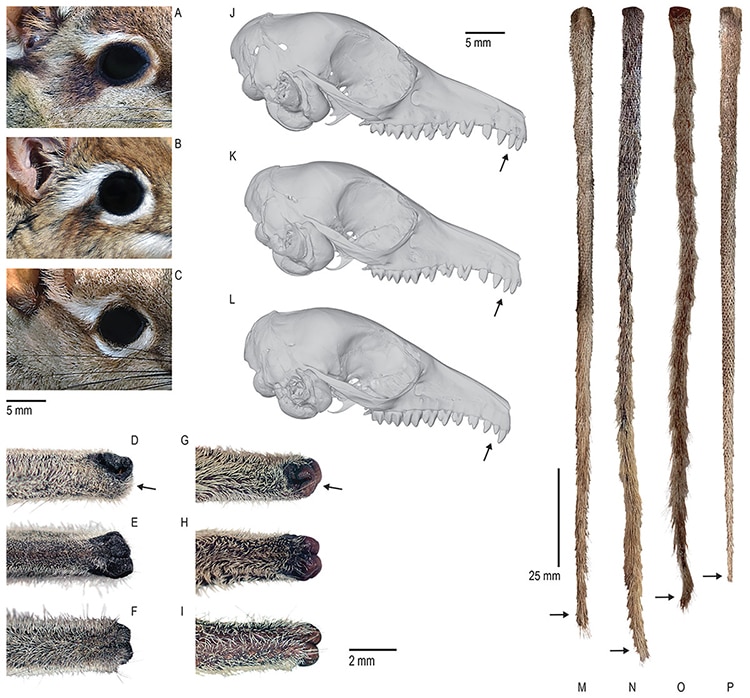
Somali Sengi tuffted tails shown (M, N, and O) versus Rufous Sengi tail (P). (Photo:Galen Rathbun and Steven Heritage/PeerJ)
An elusive species of elephant shrew (orsengi) has been rediscovered in Djibouti after 50 years.
Somali Sengi among rocks at Assamo, Djibouti.
(Photo:Steven Heritage/PeerJ)
The Eastern Rock Sengi (Elephant Shrew).
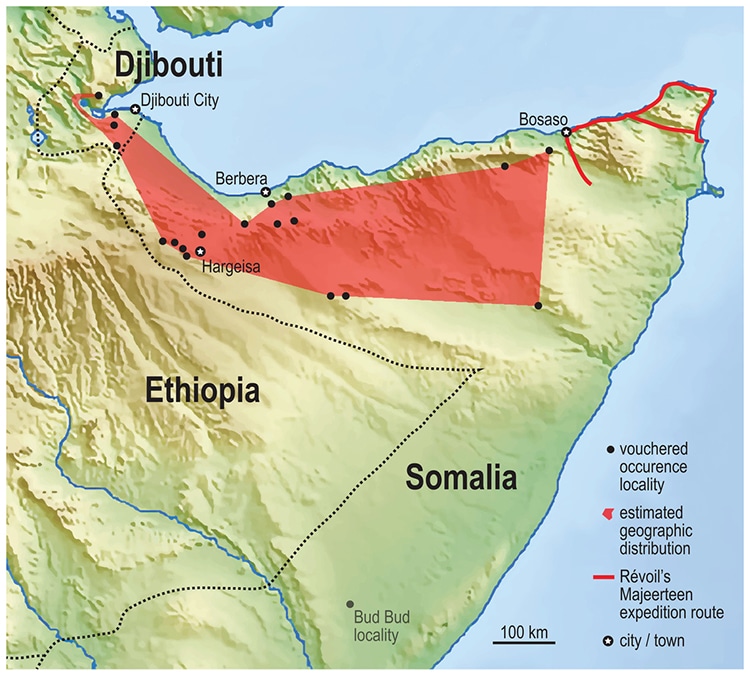
Potential range of Somali Sengi based on vouchered occurrence localities. (Photo:Base map from Mapswire.com (CC-BY 4.0)/PeerJ)
Potential range of Somali Sengi based on vouchered occurrence localities.